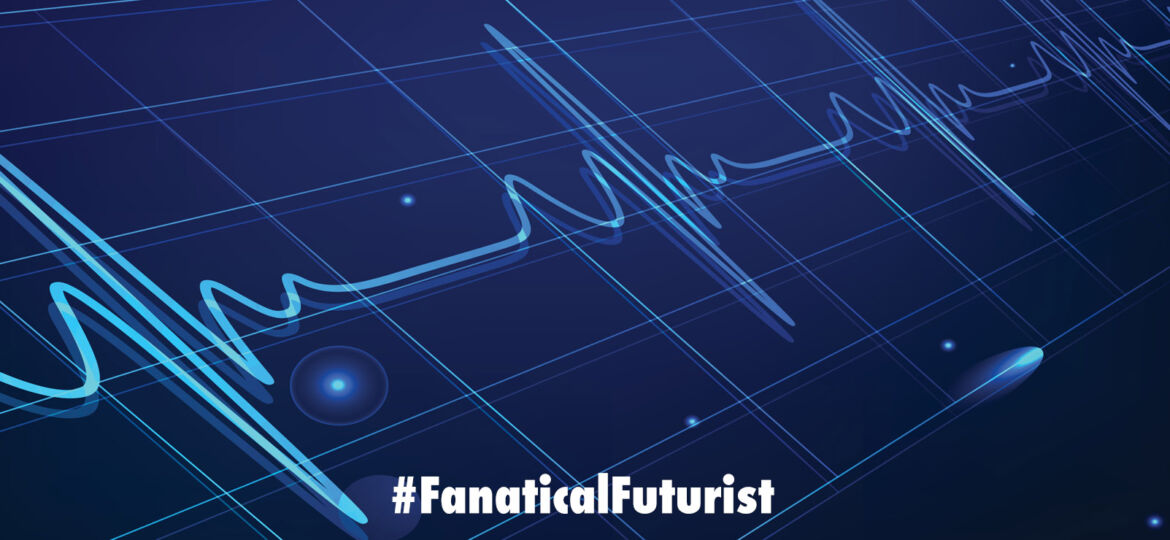
WHY THIS MATTERS IN BRIEF
Today’s electronics are static, but tomorrow’s electronics will be able to re-configure themselves automatically as needed.
 Interested in the Exponential Future? Connect, download a free E-Book, watch a keynote, or browse my blog.
Interested in the Exponential Future? Connect, download a free E-Book, watch a keynote, or browse my blog.
A drop of liquid gallium will oscillate like a beating heart when placed inside a ring-shaped electrode. The frequency of motion can be adjusted from 2-10 Hz by changing the voltage that is applied to the system. The effect was discovered by physicists in Australia and China, who say that it could be used re-configurable electronics, actuators, artificial muscles, soft robotics and lab-on-a-chip microfluidic devices – all of which will be revolutionary in different ways as they continue to develop and one day mature.
It is well known that a drop of mercury will repeatedly flatten and then become spherical when exposed to iron – a process driven by chemical changes to the drop’s surface tension. This heartbeat effect, however, is difficult to control and is not practical for use in fluidic devices.
Now, Xiaolin Wang and colleagues at the University of Wollongong in Australia and the Chinese Academy of Sciences have shown that a similar effect can occur in gallium, which is a liquid at temperatures above about 30° C. The team studied drops that were 50-150 µL in volume and placed in a sodium hydroxide electrolyte at 34° C.
In their experiment, a drop is contained and corralled within a graphite ring of inner diameter 11 mm in a petri dish containing the electrolyte. To create the oscillations, a positive electric potential is applied to the ring and the dish is tilted slightly so that the denser gallium falls to the lower edge of the ring. When the drop touches the positive ring, the surface of the gallium becomes oxidized and this causes the surface tension of the drop to fall to nearly zero.
The low surface tension allows the gallium to pancake on the surface of the petri dish in a process called electrowetting. This shifts the centre of mass of the gallium drop away from the edge of the ring and towards the centre of the dish. This shift causes the gallium to break contact with the ring and when this happens electrostatic repulsion pushes the drop towards the centre of the dish. Once away from the ring, hydroxyl ions etch the oxide from the surface of the drop and the surface tension increases. The result is a spherical drop that once again moves under gravity to the lower edge of the ring – where the process repeats itself. And it’s this weird behaviour that makes the discovery so applicable to lots of different use cases.
The team found that the frequency of the oscillation can be fine-tuned by adjusting the voltage on the ring. They also found that smaller drops oscillated more rapidly than larger drops and that the frequencies of smaller drops are more sensitive to voltage changes. Increasing the angle of inclination of the petri dish also boosted the frequency. Oscillations were also observed using a hydrochloric acid electrolyte, but at frequencies below 2 Hz.
Writing in Physical Review Letters, the team says that the effect could be put to work in a range of applications.
















